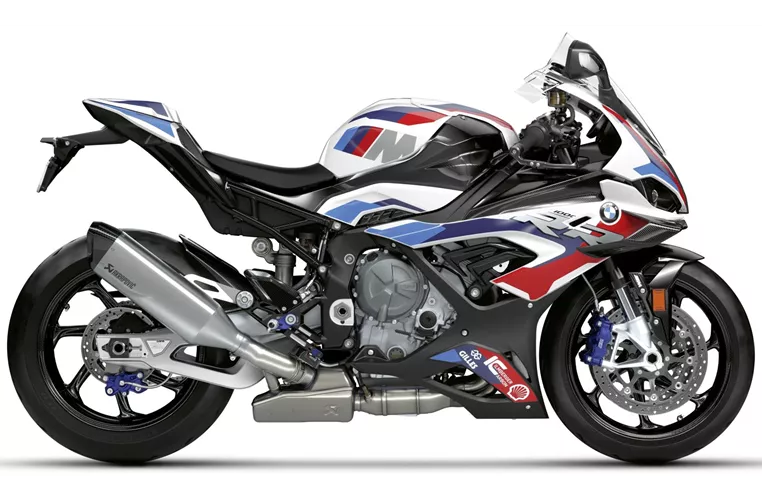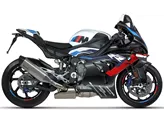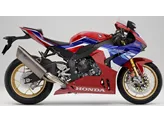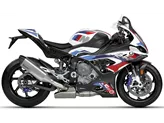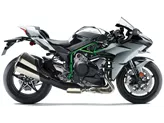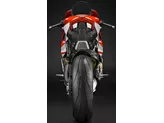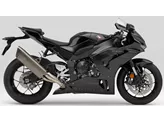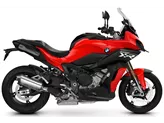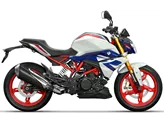Kawasaki Ninja H2 2015 vs. BMW M 1000 RR 2021

Kawasaki Ninja H2 2015
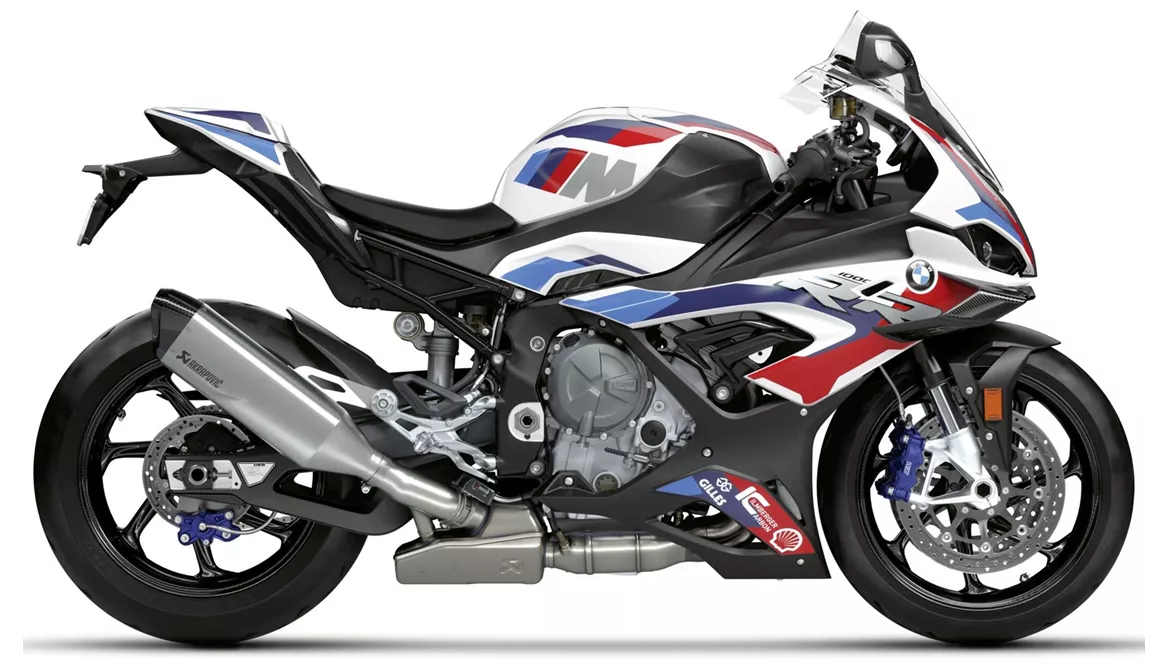
BMW M 1000 RR 2021
Visão geral - Kawasaki Ninja H2 2015 vs BMW M 1000 RR 2021
The Kawasaki Ninja H2 2015 and the BMW M 1000 RR 2021 are both high-performance supersport motorcycles that offer thrilling riding experiences. However, there are several key differences between the two models.
Starting with the engine and drivetrain, both motorcycles feature inline-four engines with four valves per cylinder and DOHC technology. The Kawasaki Ninja H2 2015 has a displacement of 998cc, while the BMW M 1000 RR 2021 has a slightly larger displacement of 999cc. In terms of power, the BMW M 1000 RR 2021 takes the lead with 212 horsepower compared to the Ninja H2's 200 horsepower. However, the Ninja H2 has a higher torque rating of 133.5 Nm compared to the M 1000 RR's 113 Nm. The Ninja H2 also has a lower compression ratio of 8.5 compared to the M 1000 RR's 13.5.
Moving on to the suspension, both motorcycles feature telescopic front forks with adjustable compression, preload, and rebound settings. The Ninja H2 has a telescopic front fork, while the M 1000 RR has an inverted telescopic front fork. Both motorcycles also have adjustable rear suspension with compression, preload, and rebound settings. The Ninja H2 features a single-sided swingarm, while the M 1000 RR has a conventional swingarm.

Kawasaki Ninja H2 2015
In terms of chassis, the Ninja H2 features a steel frame, while the M 1000 RR features an aluminum frame with a double-tube design for added rigidity and support. Both motorcycles have dual disc front brakes with radial technology for improved braking performance.
When it comes to dimensions and weights, both motorcycles have the same tire widths and diameters, with a 120mm width and 17-inch diameter for the front tire, and a 200mm width and 17-inch diameter for the rear tire. The Ninja H2 has a slightly shorter wheelbase of 1455mm compared to the M 1000 RR's 1457mm. The seat height of the Ninja H2 is 825mm, while the M 1000 RR has a slightly higher seat height of 832mm. In terms of weight, the Ninja H2 weighs 238kg (with ABS), while the M 1000 RR is lighter at 192kg (with ABS).
In terms of strengths, the Ninja H2 is praised for its excellent build quality, fascinating turbocharged engine, and exceptional traction, acceleration, and speed. The bike's narrow seat provides a secure position, even for smaller riders, and it offers great stability and confidence-inspiring handling despite its high performance. The Ninja H2 also features strong brakes and high-quality details.
On the other hand, the M 1000 RR is praised for its smooth overall package, strong brakes, precise chassis, and noble details that are a pleasure to admire. The bike offers great responsiveness, a well-rounded engine with good torque, and a seamless transition from cruising to pushing mode.
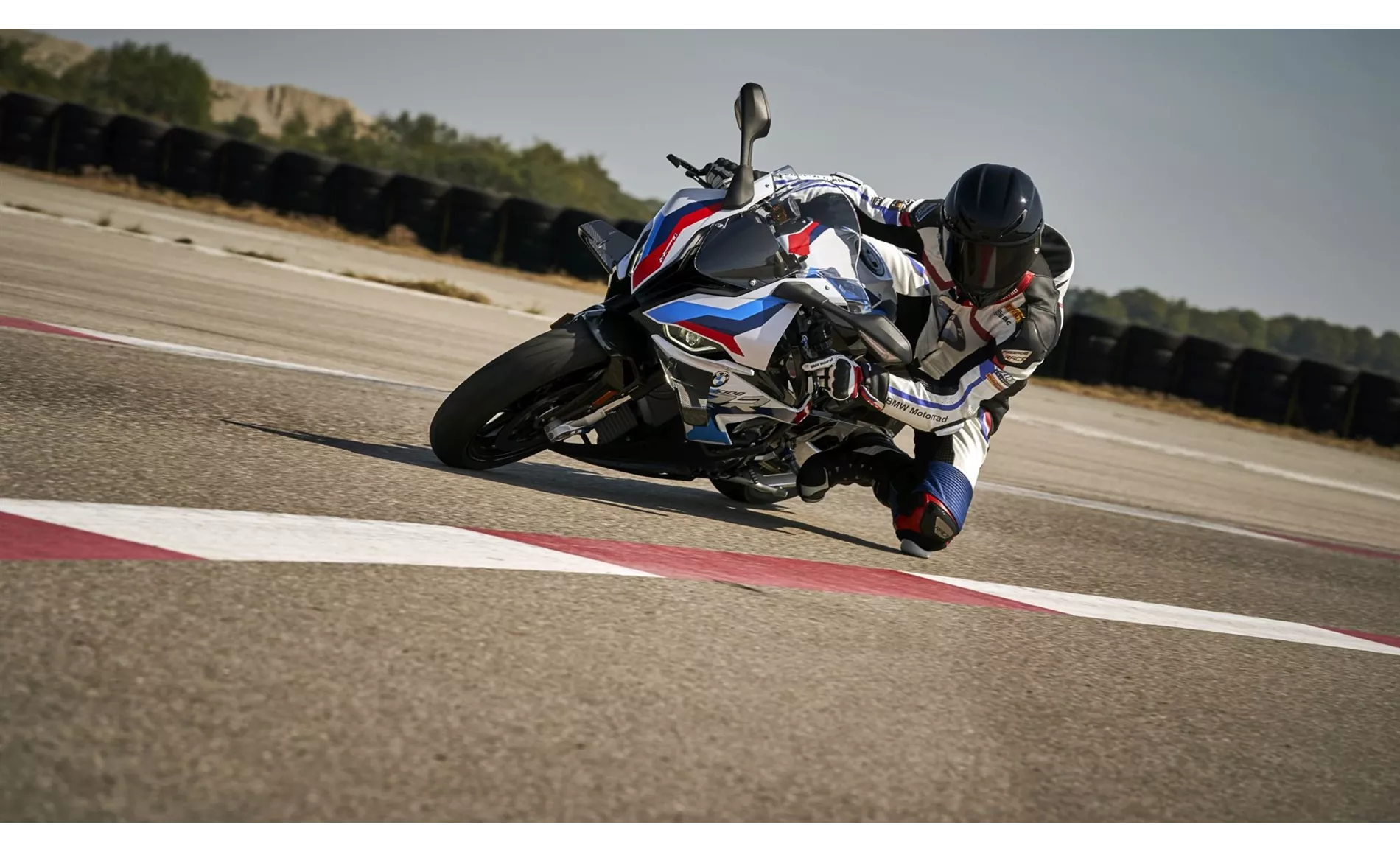
BMW M 1000 RR 2021
However, both motorcycles have their weaknesses. The Ninja H2's response behavior in the transition from pushing to acceleration mode is not on par with "normal" motorcycles, and it tends to understeer in fast corners. Additionally, taller riders above 185cm may find it difficult to integrate their feet into the overall aerodynamic concept.
The M 1000 RR's pricing package may not be favorable to customers, but it does favor sales. The footpegs could have better grip on the track, and an option for a higher and firmer seat would be desirable.
In conclusion, the Kawasaki Ninja H2 2015 and the BMW M 1000 RR 2021 are both impressive supersport motorcycles with their own strengths and weaknesses. The Ninja H2 offers a thrilling riding experience with its turbocharged engine and exceptional performance, while the M 1000 RR provides a smooth and precise package with strong brakes and a well-rounded engine. Ultimately, the choice between the two will depend on individual preferences and priorities.
Especificações técnicas Kawasaki Ninja H2 2015 em comparação com BMW M 1000 RR 2021
Prós e contras em comparação
Prós e contras em comparação
Kawasaki Ninja H2 2015

A Ninja H2 representa um marco na história das motos. Não só está repleta de inovações electrónicas, como também oferece tecnologias completamente novas em termos de construção e mecânica do motor. Este objeto de investigação de alta tecnologia de uma empresa tecnológica japonesa está atualmente à venda e também pode ser conduzido. Basicamente, anda como uma mota normal, mas com muito mais potência. No início, a resposta do motor é um desafio, mas os fanáticos por velocidade encontrarão uma forma de conduzir e desfrutar desta fascinante mota.
BMW M 1000 RR 2021
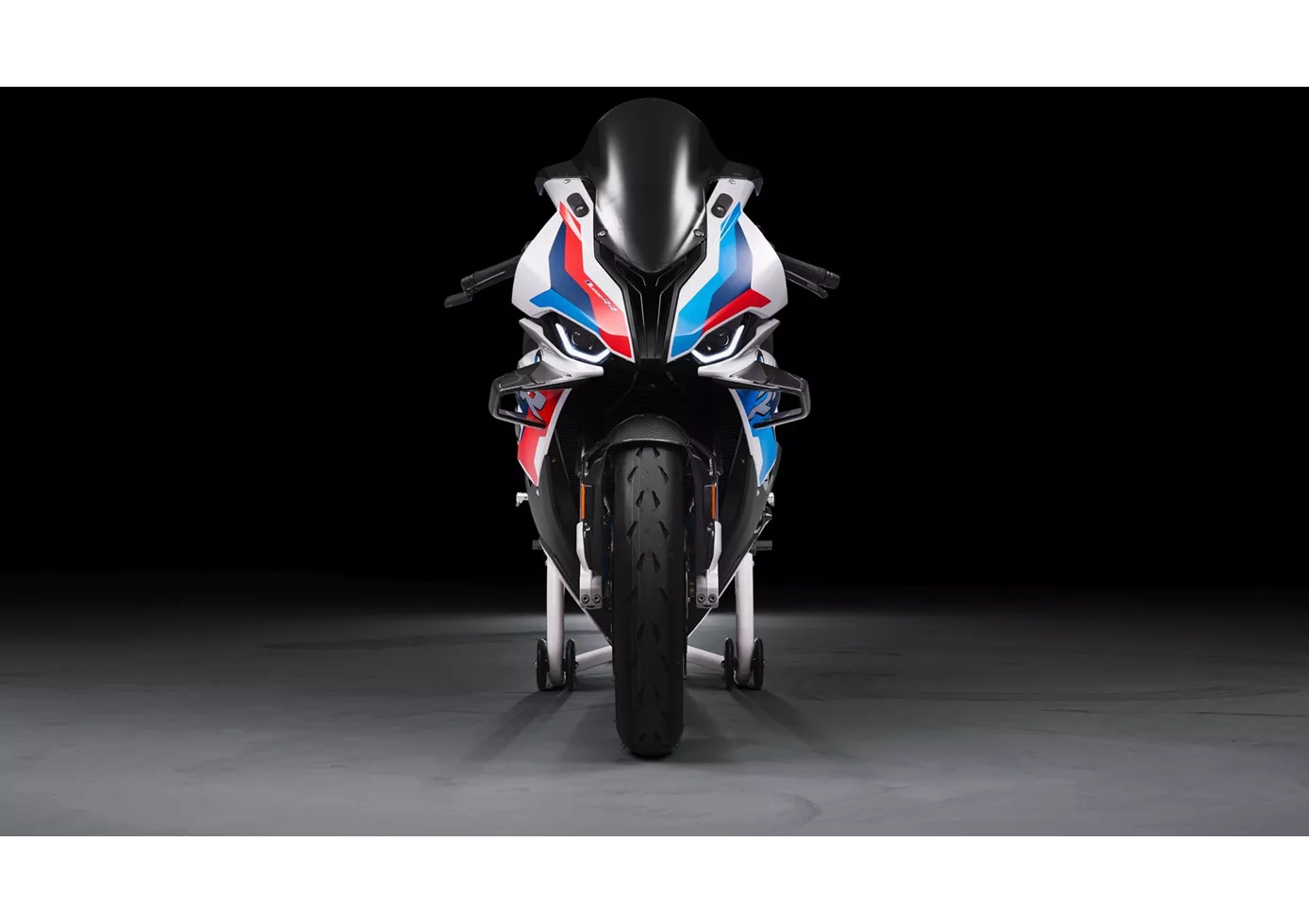
O preço da M1000RR só é chocante à primeira vista. No assento, fica-se mais chocado com a potência e o desempenho de travagem. A máquina é uma moto de competição totalmente afinada diretamente da fábrica da BMW. Aqueles que não gostam de fazer asneiras mas gostam de correr ficarão satisfeitos com ela. Uma superbike nobre e prática!
Comparação de preços Preço médio de mercado Kawasaki Ninja H2 vs BMW M 1000 RR
There are a few key differences between a Kawasaki Ninja H2 2015 and a BMW M 1000 RR 2021. In terms of price, the actual average price of a BMW M 1000 RR 2021 is about 20% higher. A Kawasaki Ninja H2 2015 experiences a loss of 40.380 BRL in one year and 34.420 BRL in two years of ownership. This is offset by a loss of 10.990 BRL and 19.140 BRL for a BMW M 1000 RR 2021. Compared to BMW M 1000 RR 2021 there are less Kawasaki Ninja H2 2015 bikes available on the 1000PS.de Marketplace, specifically 4 compared to 7. It takes less time to sell a BMW M 1000 RR with 127 days compared to 153 days for the Kawasaki Ninja H2. Since model year 2015 1000PS.de editors have written 27 reviews for the Kawasaki Ninja H2 and 14 reviews for the BMW M 1000 RR since model year 2021. The first review for the Kawasaki Ninja H2 was published on 31/08/2014 and now has more than 5.600 views. This compares to more than 105.600 views for the first review on BMW M 1000 RR published on 23/09/2020.

